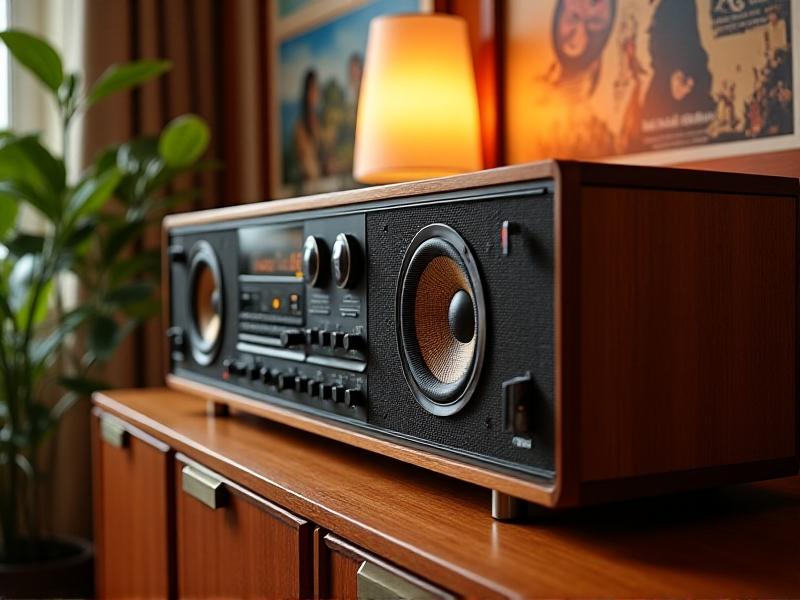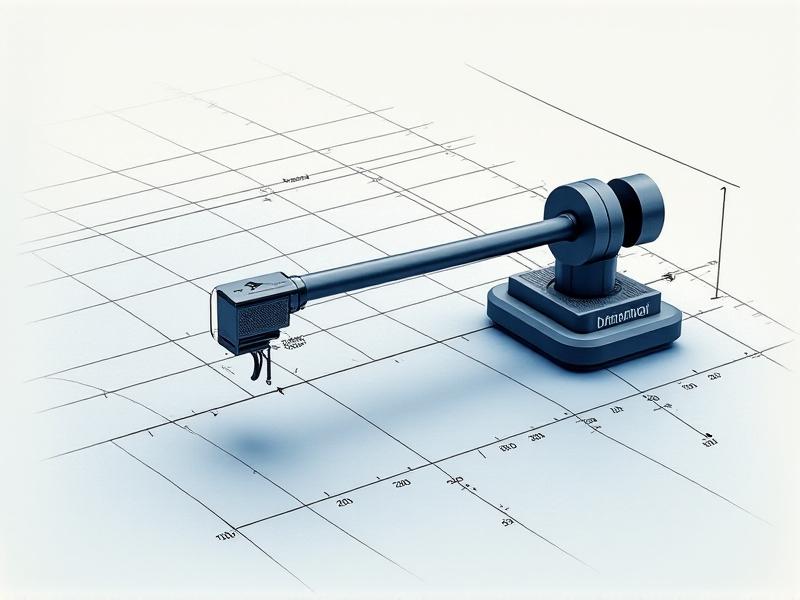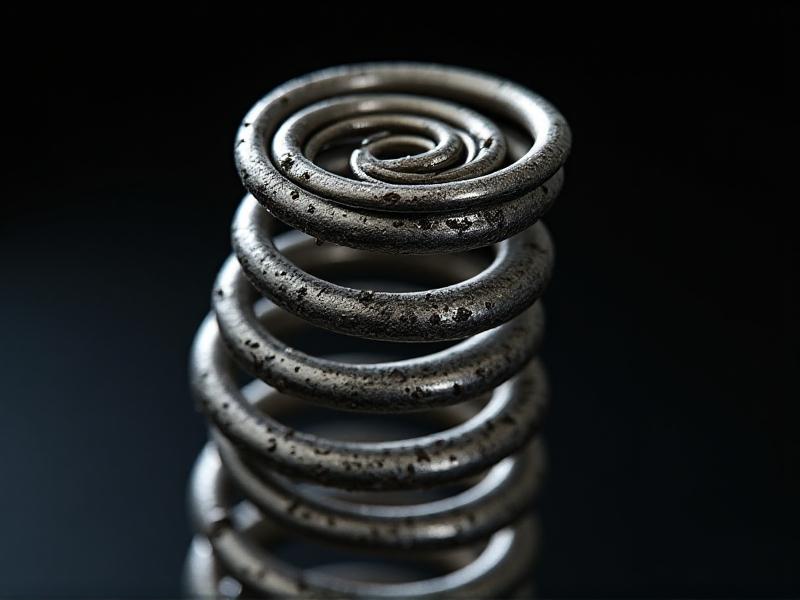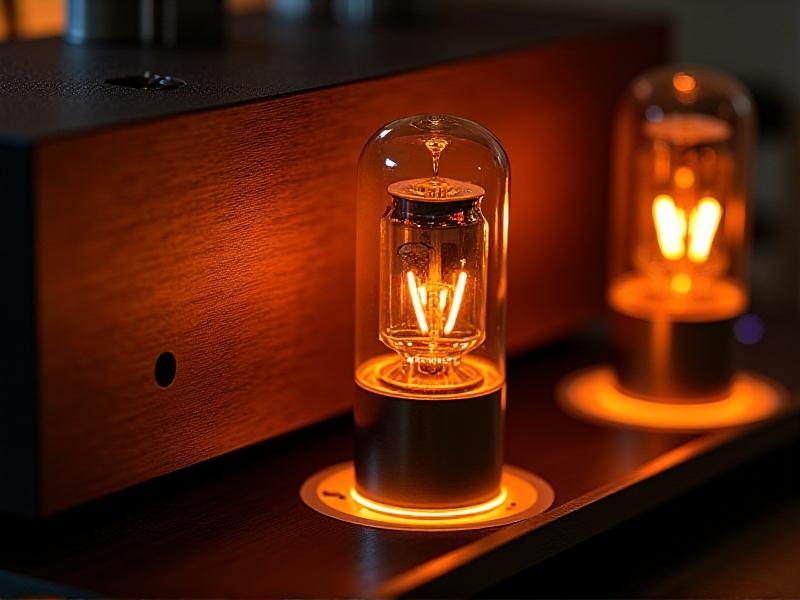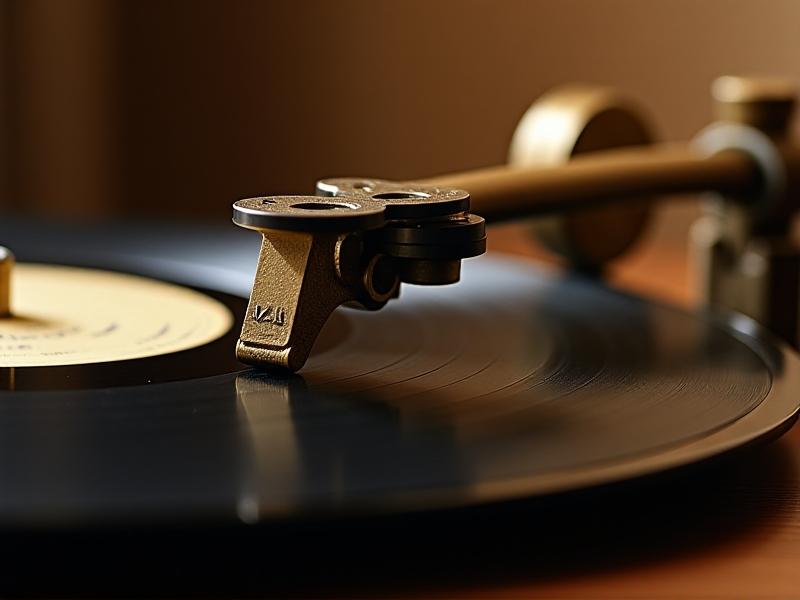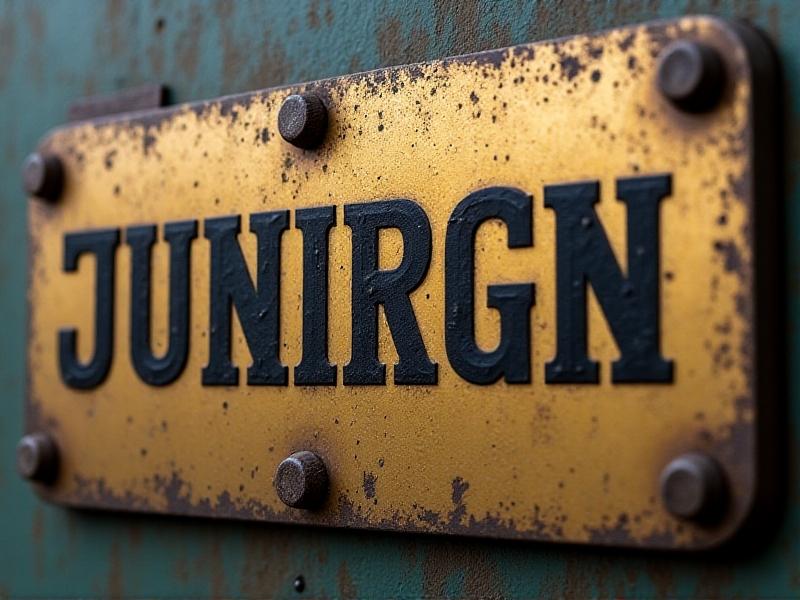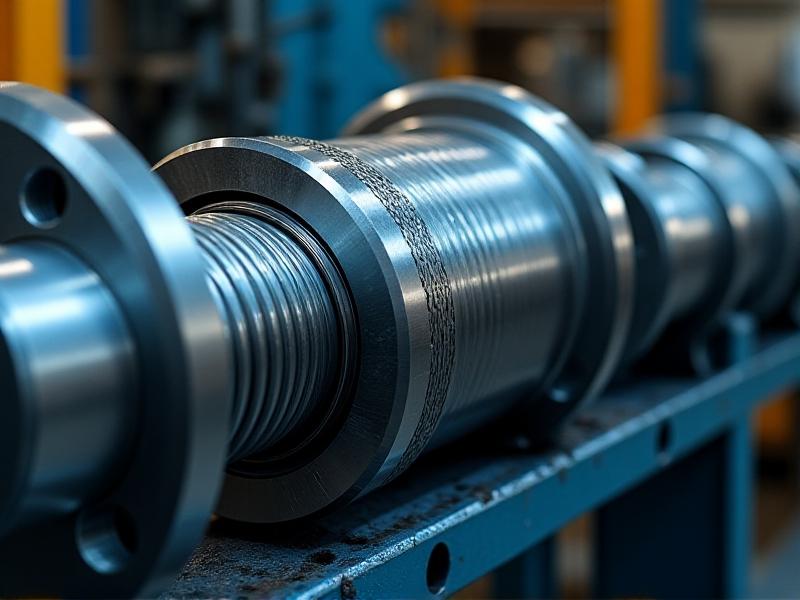Cabinet Resonance Damping Materials
Understanding Cabinet Resonance: The Invisible Disruptor
Cabinet resonance occurs when vibrations from internal components, such as speakers or machinery, interact with the enclosure’s structure. This phenomenon creates unwanted sound distortion, reducing audio clarity or causing mechanical wear in industrial settings. Imagine listening to music through high-end speakers only to hear a faint buzz—it’s often resonance muddying the output. The right damping materials act as silent guardians, converting vibrational energy into negligible heat and preserving the integrity of sound or machinery.
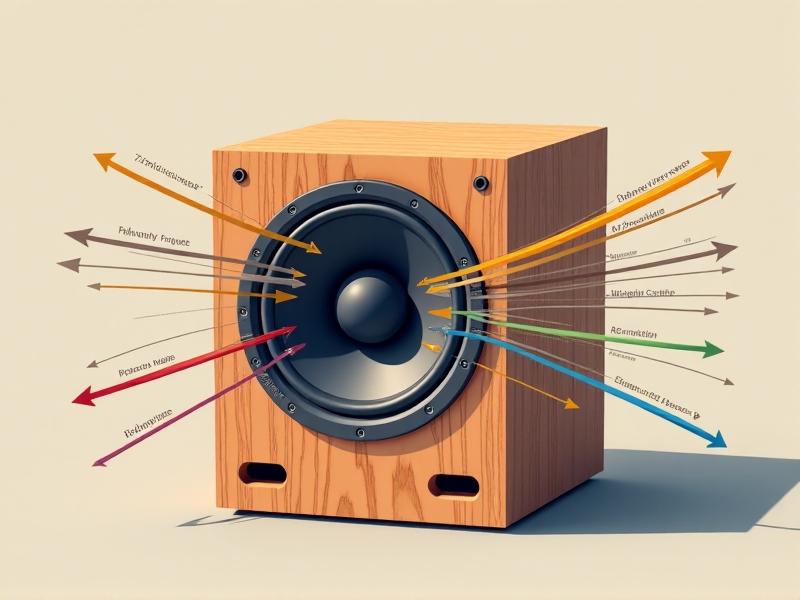
The Science Behind Vibration Damping Materials
Damping materials function by disrupting the transfer of vibrational energy. Viscoelastic polymers, for example, absorb energy through molecular friction, while mass-loaded vinyl adds weight to suppress vibrations. The key lies in a material’s ability to dissipate energy across a broad frequency range. In audio systems, this prevents the "booming" caused by low-frequency resonance. Advanced materials are engineered to target specific frequencies, offering precision in applications from studio monitors to aerospace components.

Types of Cabinet Resonance Damping Solutions
Common solutions include acoustic foam, constrained-layer damping (CLD) mats, and composite materials. Acoustic foam is lightweight and ideal for mid-range frequencies, while CLD mats combine viscoelastic layers with metal sheets for structural rigidity. Mass-loaded vinyl excels in blocking low-frequency noise, and newer composites integrate recycled materials for eco-conscious applications. Choosing the right type depends on factors like frequency range, environmental conditions, and space constraints.
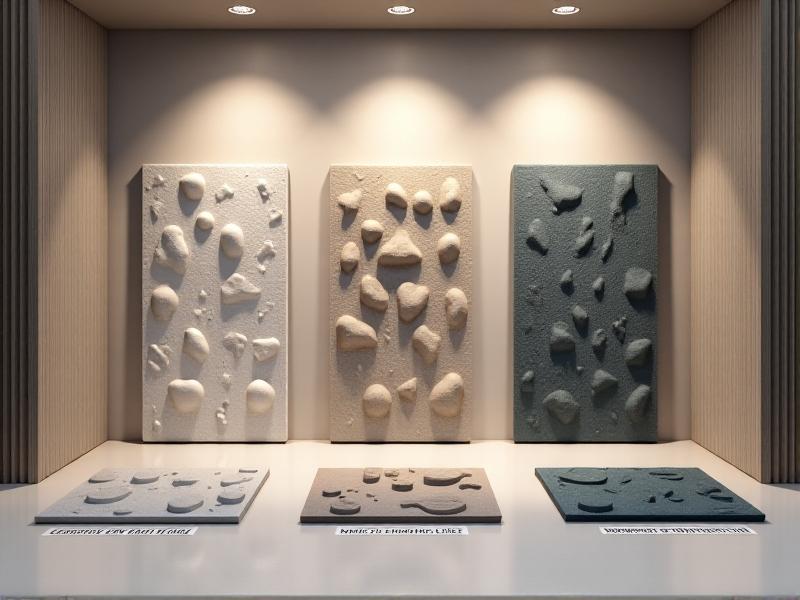
Real-World Applications: From Studios to Industrial Settings
In recording studios, damping materials line walls and speaker enclosures to ensure pristine audio capture. Automotive manufacturers use them to reduce cabin noise, while industrial machines rely on heavy-duty dampers to minimize wear. A notable example is NASA’s use of custom damping composites in spacecraft panels to mitigate vibrations during launch. Even consumer electronics, like gaming PCs, incorporate dampers to silence cooling fans without compromising airflow.
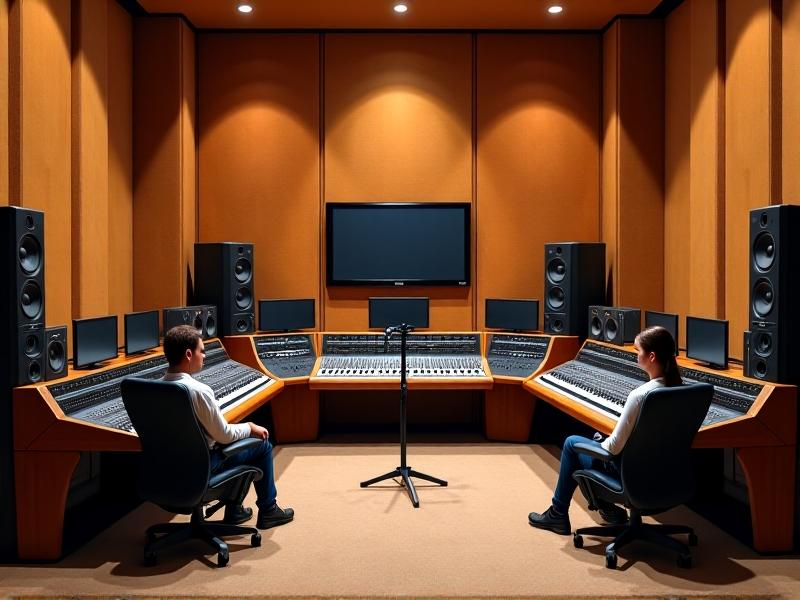
Challenges and Innovations in Material Development
Balancing performance with cost and weight remains a hurdle. Traditional materials like lead-based dampers are effective but environmentally hazardous. Recent breakthroughs include graphene-enhanced polymers for superior strength and smart materials that adjust damping properties in real time. Researchers are also exploring bio-based alternatives, such as cork composites, which offer sustainability without sacrificing efficiency.
Installation Best Practices for Optimal Performance
Surface preparation is critical—clean, dry surfaces ensure maximum adhesion. For speaker cabinets, focus on internal panels and joints where resonance peaks. Industrial applications may require layered approaches, combining MLV with vibration-isolation mounts. Avoid over-application; too much material can add unnecessary weight or alter acoustics. Tools like laser vibrometers help identify problem areas, enabling targeted damping for cost-effective solutions.
